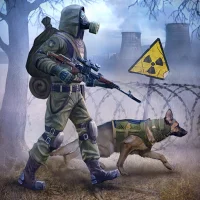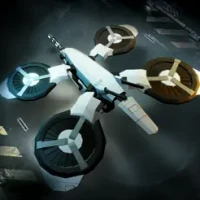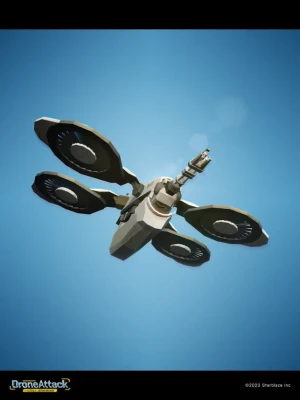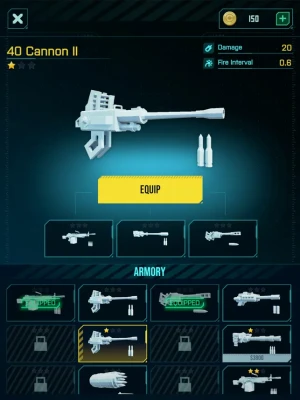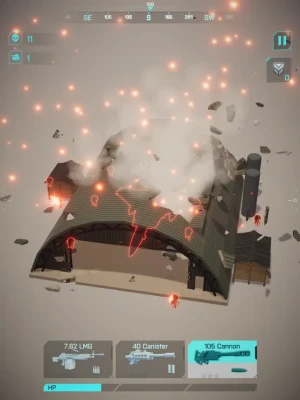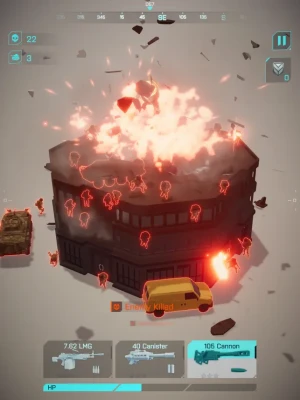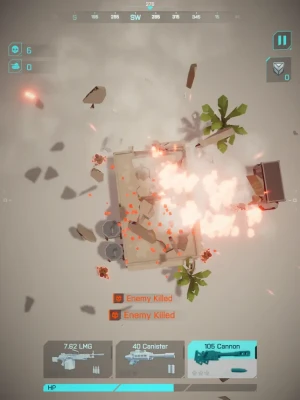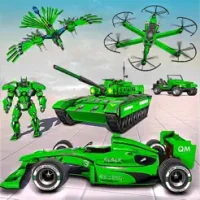
Latest Version
1.0.1
May 10, 2025
Cool Bombing
Games
iOS
700.7 MB
0
Free
Report a Problem
More About Drone Attack
Mastering Drone Warfare: Strategies for Dominating the Battlefield
In the rapidly evolving landscape of modern warfare, drone technology has emerged as a game-changer. As a drone operator, understanding how to effectively utilize these aerial assets can significantly enhance your tactical advantage. This article delves into the strategies and best practices for leveraging drones in combat scenarios, ensuring you maintain the upper hand on the battlefield.
The Rise of Drone Warfare
Drone warfare has transformed military operations, allowing for precision strikes and real-time surveillance. These unmanned aerial vehicles (UAVs) provide operators with the ability to engage targets from a safe distance, minimizing risk to personnel. The integration of drones into military strategy has not only changed how battles are fought but also how intelligence is gathered and analyzed.
Understanding Your Drone's Capabilities
Before engaging in any operation, it is crucial to have a comprehensive understanding of your drone's capabilities. Different drones serve various purposes, from reconnaissance to combat. Familiarize yourself with the following aspects:
- Flight Range: Know how far your drone can travel and the areas it can cover.
- Payload Capacity: Understand the types of munitions or equipment your drone can carry.
- Camera Quality: High-resolution cameras are essential for effective surveillance and target acquisition.
- Stealth Features: Some drones are designed to operate undetected, providing a tactical advantage.
Strategic Planning for Drone Operations
Effective drone operations require meticulous planning. Here are key considerations to ensure successful missions:
1. Intelligence Gathering
Before launching any drone operation, gather as much intelligence as possible. Utilize satellite imagery, reconnaissance data, and human intelligence to identify enemy positions and movements. This information will help you make informed decisions and increase the likelihood of mission success.
2. Mission Objectives
Clearly define your mission objectives. Are you conducting surveillance, delivering supplies, or engaging enemy targets? Establishing clear goals will guide your operational strategy and help you measure success.
3. Risk Assessment
Evaluate potential risks associated with your operation. Consider factors such as enemy defenses, weather conditions, and the presence of civilians. A thorough risk assessment will enable you to devise contingency plans and minimize potential setbacks.
Executing Drone Strikes with Precision
Once your planning is complete, it’s time to execute your mission. Here are essential tips for conducting drone strikes effectively:
1. Maintain Situational Awareness
Constantly monitor the battlefield environment. Use real-time data feeds to stay updated on enemy movements and changes in the operational landscape. This awareness will allow you to adapt your strategy as needed.
2. Utilize Advanced Targeting Systems
Leverage advanced targeting systems to enhance strike accuracy. Many modern drones are equipped with sophisticated targeting technology that can identify and track targets with precision. This capability reduces collateral damage and increases mission effectiveness.
3. Communication is Key
Establish clear communication channels with your team. Effective communication ensures that everyone is on the same page and can respond quickly to any changes in the operational plan. Utilize secure communication methods to protect sensitive information.
Post-Mission Analysis and Learning
After completing a drone operation, conduct a thorough analysis of the mission. Evaluate what worked well and identify areas for improvement. This post-mission review is crucial for refining your strategies and enhancing future operations.
1. Data Review
Analyze the data collected during the mission. Review video footage, telemetry data, and any intelligence gathered. This information can provide valuable insights into enemy tactics and help you adjust your approach for future engagements.
2. Team Feedback
Encourage feedback from your team members. Discuss what challenges they faced and how they overcame them. This collaborative approach fosters a culture of continuous improvement and innovation.
Conclusion: Embracing the Future of Warfare
As drone technology continues to advance, the importance of mastering drone warfare cannot be overstated. By understanding your drone's capabilities, planning meticulously, executing with precision, and learning from each mission, you can dominate the battlefield. Embrace the future of warfare and harness the power of drones to achieve your strategic objectives.
Rate the App
User Reviews
Popular Apps










Editor's Choice



